Harnessing Your Energy – A guide to being a TI
Female tandem instructors (TIs) are something of a rare species at most dropzones. With only 14% of skydivers being female, it comes as no surprise that there are even fewer female TI’s around too. As one of the more physically demanding jobs at the dropzone, there is often the stigma that the job is too difficult for a woman. Obviously that is not true and we want to share with you some of our tricks of the trade we learned over years of doing tandems, for new instructors and people wanting to earn their rating. Anyone is capable of becoming a TI with the right technique and training.

Handling the gear
A tandem rig is pretty heavy, weighing in at around 53lbs (24kg). You can save energy, while reducing the chances of back injury, by first lifting the rig to a bench or chair to assist you with putting it on. Of course if this isn’t possible, you can still manage gearing up without this, however it’s a good idea to alternate which side of your body you pick your gear up from to make sure you are not overusing one side of your body.
Harnessing
Every instructor will have slight variations to their harness. As long as the basics are covered you will find what works best for you. Be careful not to over tighten anything in order to avoid inhibiting arching and breathing. Consider how your own gear fits, a harness should mimic a perfectly fit rig.
Hooking up in the plane
This will be different depending on the type of benches in the aircraft or if you are on the floor. In general, many instructors waste a lot of energy at this point, especially when attaching the laterals. Get a friend in a harness and practice good technique on the ground. Leverage is key for saving energy. You have the option of having your student assist you, although doing it yourself will avoid over tightening the straps. Think of closing a rig, when you do a combination of pushing the flap one direction while pulling the closing loop the other, the same goes for adjusting the harness. Pull the back strap towards yourself with one hand while pulling the slack of the lower connection with the other. For uppers, request your student to relax their shoulders back towards you giving you space to pull slack forwards.
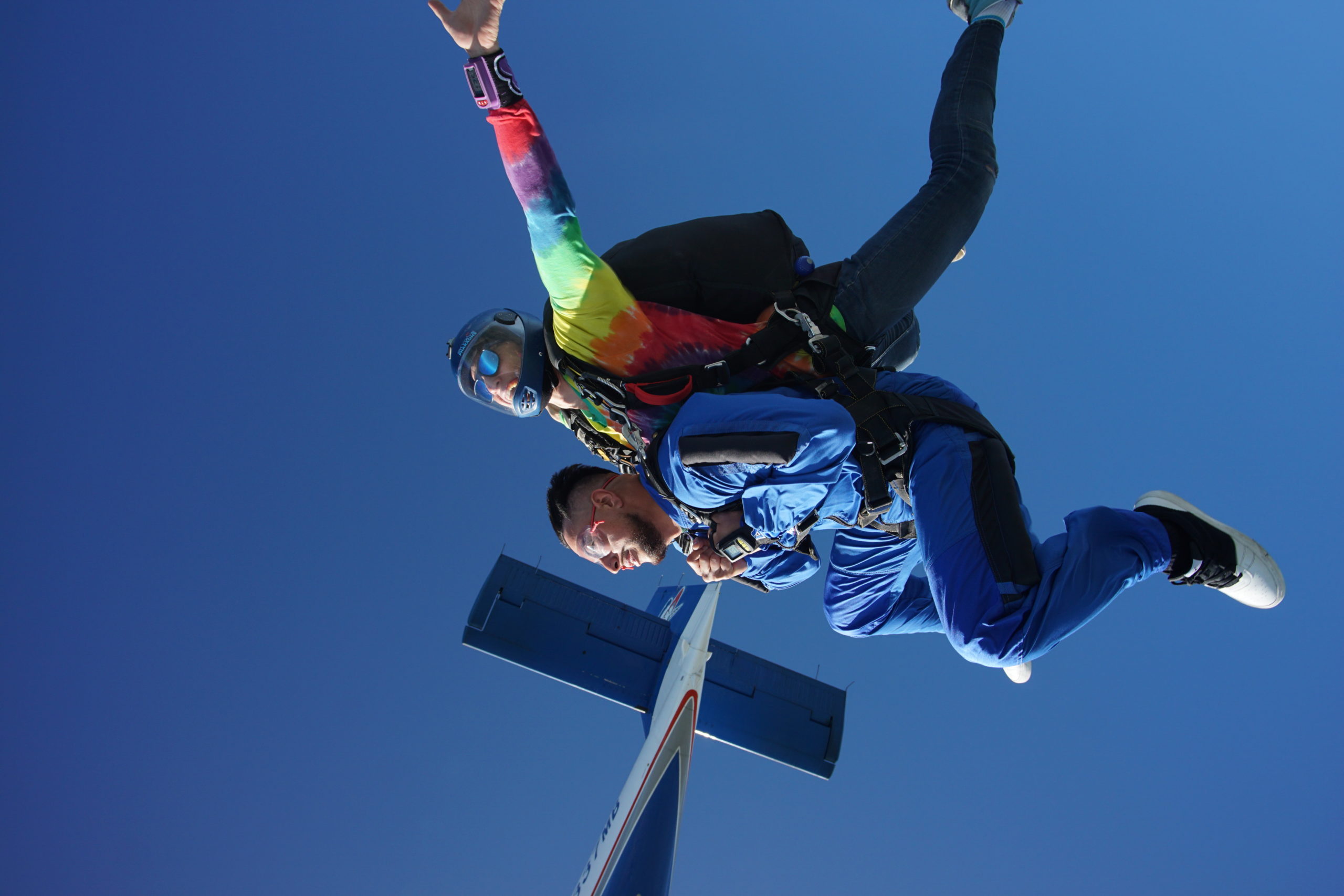
Exit
The most important thing with exits is to fly your body and worry less about what the student is doing. Take your time in the door, if it doesn’t feel good just wait and try and correct it. Short direct commands to your student go a long way, if you taught them well on the ground they should understand here. Expect every student to be nervous or forget things. This is most likely their first skydive and they will understandably be feeling some emotions! Everyone has their own exit techniques, but just like any stable belly exit, think about good presentation and squaring your hips. Wearing some amount of drag especially on the legs makes your job so much easier and will make a difference. We have all heard it before, “dress for success.”
Freefall
Fly your body and try to worry less about fixing your student. Sometimes a quick leg sweep can fix something like potato chipping but if you spend the entire jump trying to fix them instead of flying, you have become part of the problem. Generally, the more relaxed and focused on your own flying you are, the better a tandem will fly.
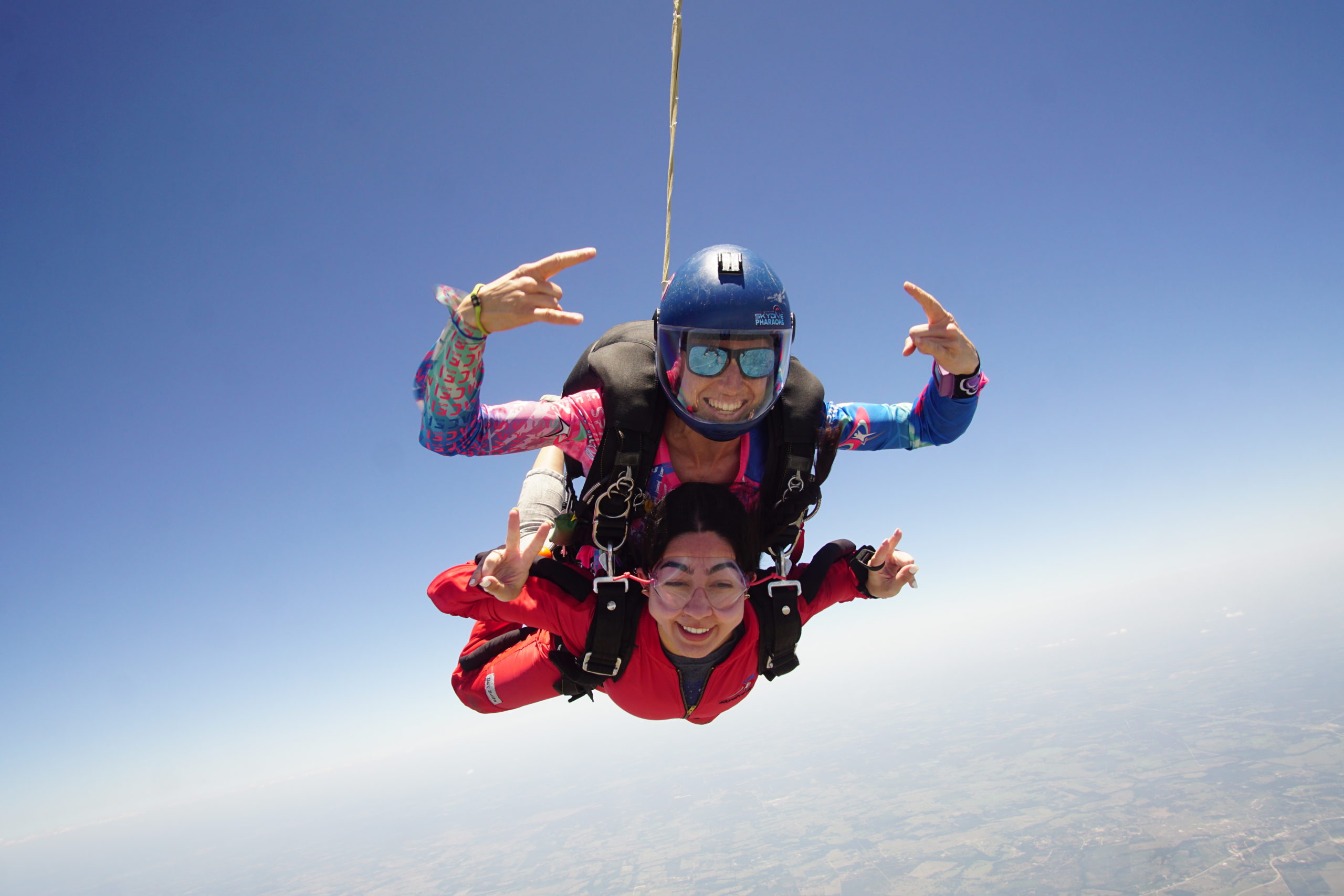
Flying the Canopy
Give your student the option to fly the canopy. Most people love giving it a try and it gives you another opportunity to rest your arms a bit. If your student really doesn’t want to fly the canopy, you don’t have to do spirals and excessively fly the canopy yourself. Save your energy. If the student wants to get wild under canopy, teach them to do it.
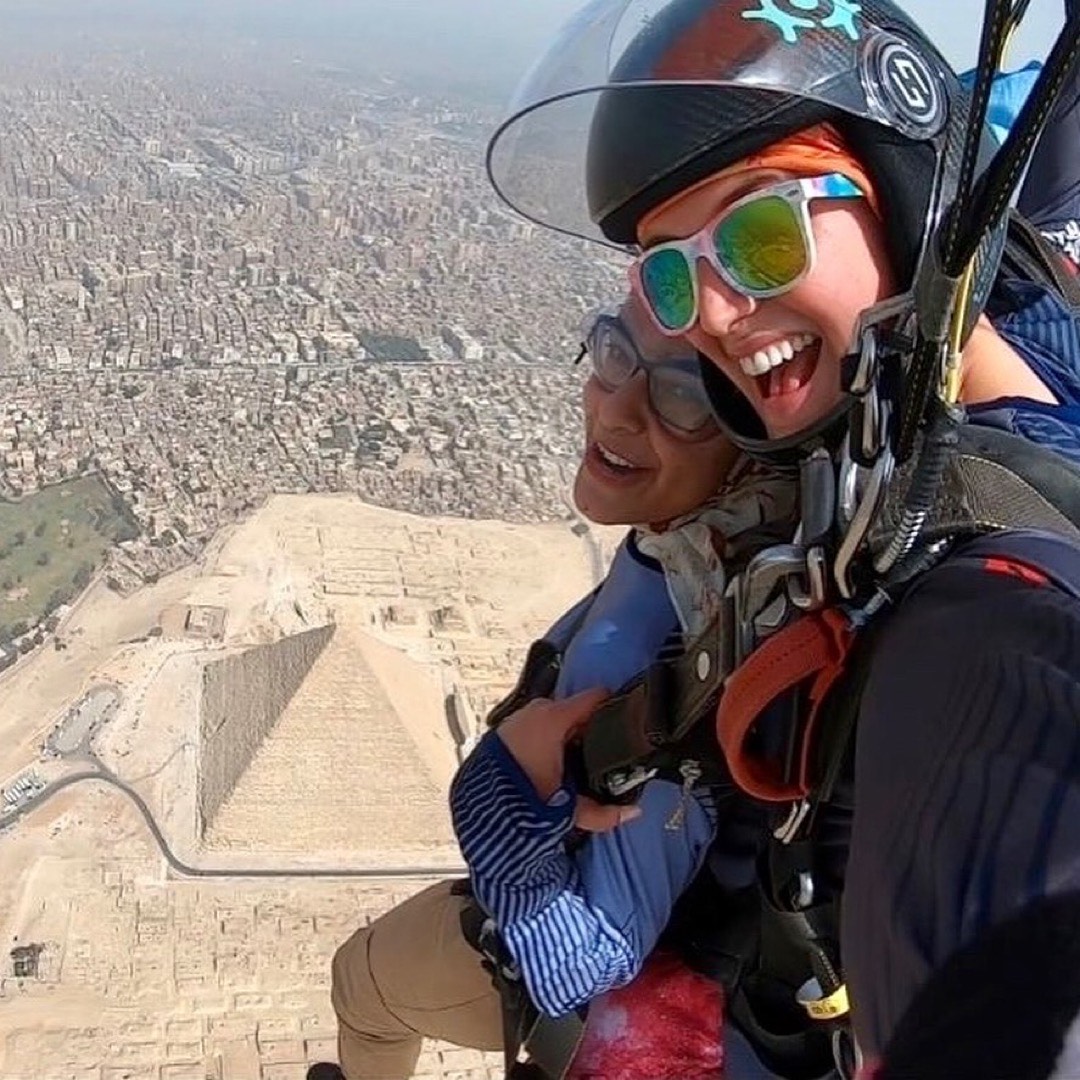
Landing
Flaring is all about timing and technique. Spend some time watching some other people’s landings, it is easy to see who has good and bad technique. Don’t flare forward, flare downward. It is the best way to maximise the flare out of the canopy, especially if you have short arms! Think of it as a dip position (like the exercise movement). If you want to develop this, start doing dips daily, it can make a huge difference to your strength and technique.
General Stuff
- Don’t be afraid to say no, whatever your reason. Saying no can be really really tough, but if you are really uncomfortable it’s better to say no than put yourself and your student in a compromising position.
- If you are unsure or presented with something new, don’t be afraid to ask for help! Sometimes you will be presented with a new situation. We have all been new before or been presented with unique situations and had to work with different students (examples being: hearing impaired, amputee, uniquely shaped, etc.) You don’t have to learn on your own.
- It is all about conserving your energy. Using minimum effort to save your energy for the important parts of the jump and for the rest of your jumps that day.
- There are so many different techniques and advice you can receive. Have an open mind and listen to someone you trust. Don’t be afraid to try new things to see what works for you.
- Physical fitness is going to be a body saver over the long term. If you don’t already, start working out now. It’s going to save your upper body and your back if you want to work in the sport for a period of time. Shoulder injuries are one of the most common issues for TI’s, so if you want to feel strong throwing people from planes all day, put in the extra effort outside of the job. From gearing up yourself and the student to bringing the rig in from the field I promise you will find your days more pleasant with the extra effort.
- Look for instructors who are similar in build as you and ask for tips, our different shapes and sizes make for different needs.
Don’t look to be treated differently because you are a female, you earned your rating the same as anyone. Men are built in different shapes and sizes just like women, so take care of yourself by staying in good physical shape and owning your job.
About the authors –
Daina Tubbs – My life in the sport started on the packing floor when I was in high school 16 years ago, I have now been a tandem instructor, AFF instructor and videographer for about 10 years and have accumulated around 9,000 total skydives, with about 6,000 tandems. Currently I am an S&TA in the Gulf Region enjoying the almost full year of warm weather jumping. If I am not working you can find me trying to crash a fun jump or talking about food and fitness.
Hannah Parker – Hannah is a skydive instructor, load organizer and Account Director at The EdgE. In 9 years, she has completed 6,500 skydives, having previously worked as a tandem instructor and videographer at Skydive Dubai. She has a PhD in molecular genetics, but a passion for skydiving that sparked a career change in the pursuit of making what she loves her job.


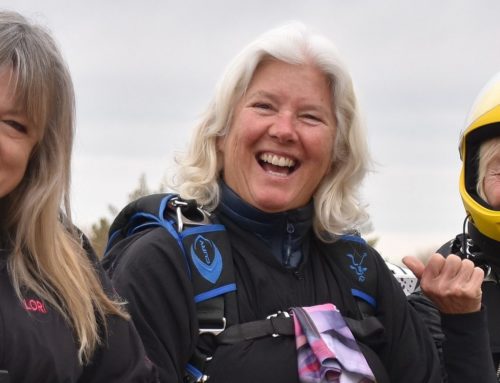
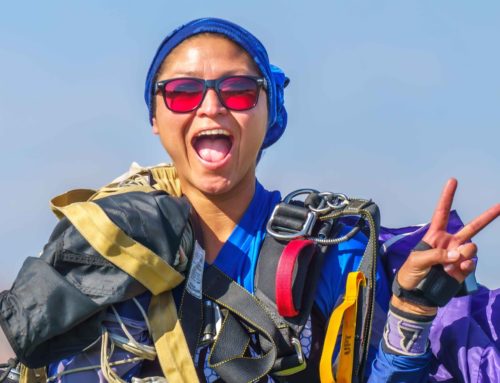

I’m interested in pursuing a career as a TI but have been unsure if being a woman would affect my odds. This boosted me up a bit! Inspiring article. Thank you!